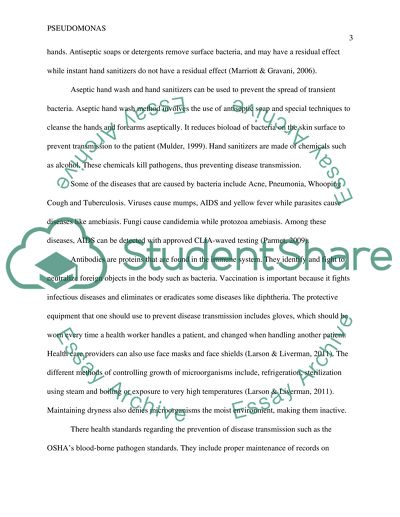Pseudomonas Essay Example | Topics and Well Written Essays - 500 words. Retrieved from https://studentshare.org/health-sciences-medicine/1622893-pseudomonas
Pseudomonas Essay Example | Topics and Well Written Essays - 500 Words. https://studentshare.org/health-sciences-medicine/1622893-pseudomonas.


